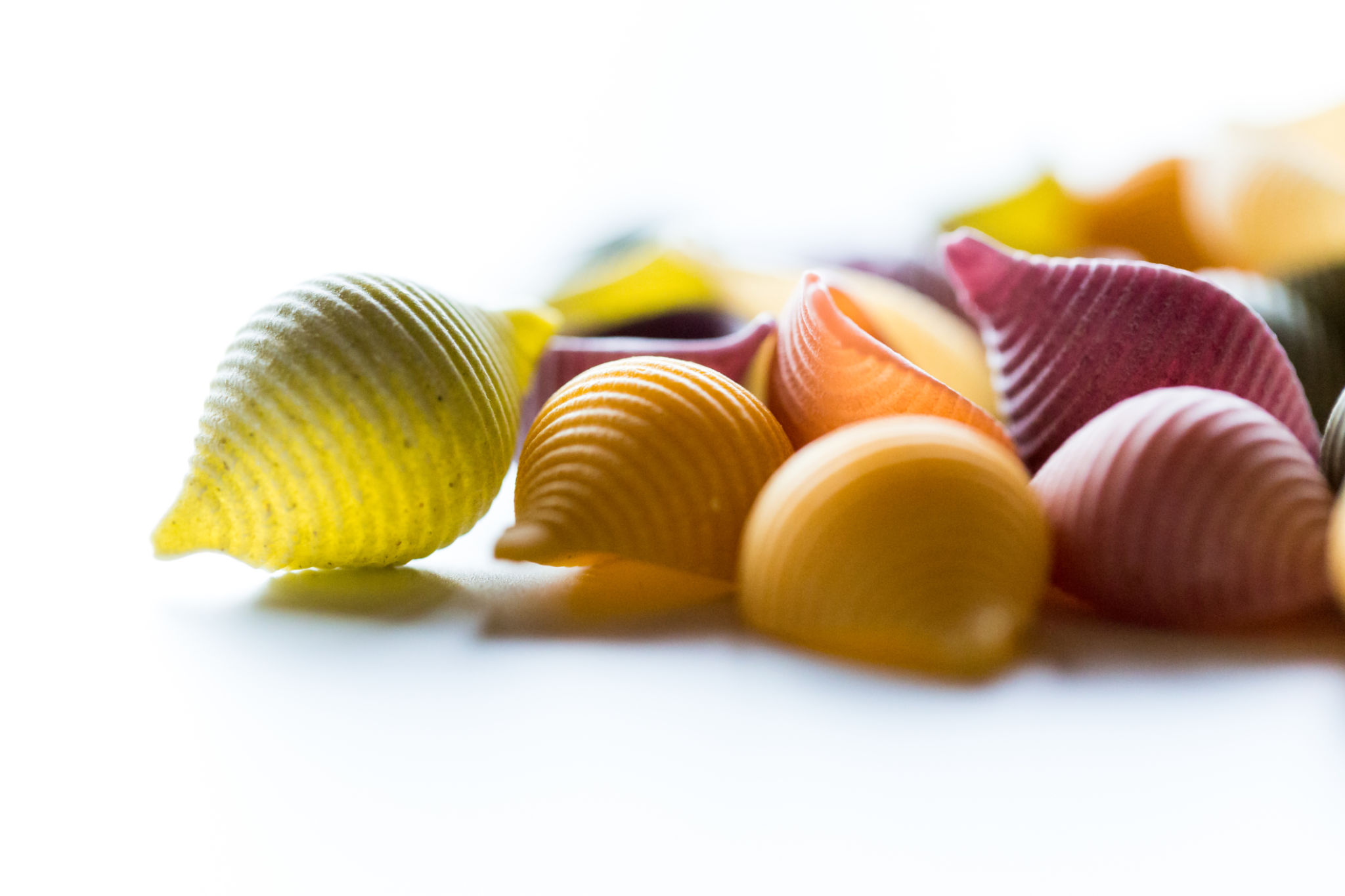Mastering Homemade Pasta: A Comprehensive Guide for Beginners
Getting Started with Homemade Pasta
For many cooking enthusiasts, mastering homemade pasta is a rewarding and fulfilling experience. Not only does it allow you to enjoy fresh, flavorful pasta, but it also provides a creative outlet in the kitchen. Whether you are a complete novice or have dabbled in pasta-making before, this comprehensive guide will help you get started.
The key to delicious homemade pasta is using simple, high-quality ingredients. All you need is flour, eggs, a pinch of salt, and a little olive oil. By combining these basic ingredients, you can create a variety of pasta shapes and sizes. The process may seem daunting at first, but with practice, you'll become more confident and skilled.

Essential Tools for Pasta Making
While you can make pasta without any special equipment, having the right tools can make the process easier and more enjoyable. A pasta machine is a worthwhile investment if you plan to make pasta regularly. It helps roll out the dough evenly and thinly, which is crucial for achieving the perfect texture.
In addition to a pasta machine, you may also want to invest in a rolling pin, a dough scraper, and a drying rack. A rolling pin is essential for those who prefer to roll out their dough by hand. A dough scraper helps with mixing and kneading, while a drying rack ensures your freshly cut pasta doesn't stick together.

The Art of Kneading and Resting Dough
Kneading the dough is a critical step in pasta making as it develops gluten, giving the pasta its structure and elasticity. Begin by combining your ingredients in a bowl and then transfer the mixture to a floured surface. Knead the dough for about 10 minutes until it becomes smooth and elastic.
After kneading, it's essential to let the dough rest. Cover it with plastic wrap or a damp cloth and allow it to sit at room temperature for at least 30 minutes. This resting period allows the gluten to relax, making the dough easier to roll out and shape.

Rolling and Cutting Techniques
Once your dough has rested, it's time to roll it out. If you're using a pasta machine, divide the dough into smaller sections and roll each one through the machine several times, gradually reducing the thickness setting. For those using a rolling pin, aim for an even thickness throughout the sheet of dough.
Cutting your pasta into different shapes can be a fun aspect of pasta making. Use a sharp knife or pasta cutter to slice the rolled dough into your desired shape. Classic cuts include fettuccine, tagliatelle, or lasagna sheets. You can also experiment with ravioli or tortellini by filling your pasta with ricotta cheese or other fillings.
Cooking and Serving Your Pasta
Cooking fresh pasta requires slightly different techniques than dried pasta. Fresh pasta cooks much faster, usually in just 2-4 minutes. Bring a large pot of salted water to a boil and add your freshly cut pasta. Stir gently to prevent sticking, and taste frequently to ensure it reaches your preferred level of doneness.

Once cooked, drain your pasta and toss it with your favorite sauce or simply drizzle with olive oil and sprinkle with Parmesan cheese for a classic touch. Fresh herbs such as basil or parsley can also enhance the flavor of your dish.
Storing Homemade Pasta
If you have leftover dough or want to prepare pasta in advance, proper storage is key. Fresh pasta can be stored in the refrigerator for up to two days. Be sure to dust it with flour and keep it in an airtight container to prevent sticking.
If you'd like to store your pasta for longer, consider freezing it. Lay the cut noodles on a baking sheet lined with parchment paper and freeze until solid. Transfer them to a freezer-safe bag or container for long-term storage. When ready to cook, there's no need to thaw; simply add the frozen pasta directly to boiling water.
Experimenting with Flavors and Colors
One of the joys of making homemade pasta is experimenting with different flavors and colors. You can infuse your dough with ingredients like spinach, beetroot, or squid ink for vibrant colors and unique tastes. These additions not only elevate the visual appeal of your dish but also introduce exciting new flavors.

To incorporate these ingredients, simply puree them and mix them into your dough during the initial mixing stage. Keep in mind that adding extra moisture may require adjusting the flour content to achieve the right consistency.
Conclusion: Embrace the Art of Pasta Making
Mastering homemade pasta is an art that combines technique, creativity, and passion. By following these steps and practicing regularly, you'll soon find yourself creating delicious pasta dishes that rival those found in your favorite Italian restaurant. So gather your ingredients, embrace the process, and savor the satisfaction of making your own homemade pasta.